Don't wanna be here? Send us removal request.
Video
tumblr
Week 8/12
Final Animation
The animation is based off of a series of ideas used to create a Masi I produced in class. The beginning starts off with a slow transition of using the orientation of which my family sits at the dinner table to draw a shape, drawing the shape from my family represents a group of people once I double it up and multiply it.
Arrows represent directional movement which is brought into the second stage of the animation. Once movement is present, patterns begin to move around, however stopped by a circle. The circle represents a place of significance such as, home, work, university and so on.
The area of significance multiplies and creates the structure of the Masi. There is a quick flash to patterns that also use the same dots as their structure.
When all is in place the creation of the Masi begins as the final stage which concludes the animation.
During the entire animation I used different techniques, such as the use of flashing to show transitions between different stages. I used longer pauses in between stages to create anticipation for the patterns making them stand out more. The use of slower movement and longer time on the screen also shows the significance of certain patterns and shapes, for example the 3 circles in the middle stayed until the end as they were a crucial part to creating the end product as animation.
0 notes
Photo

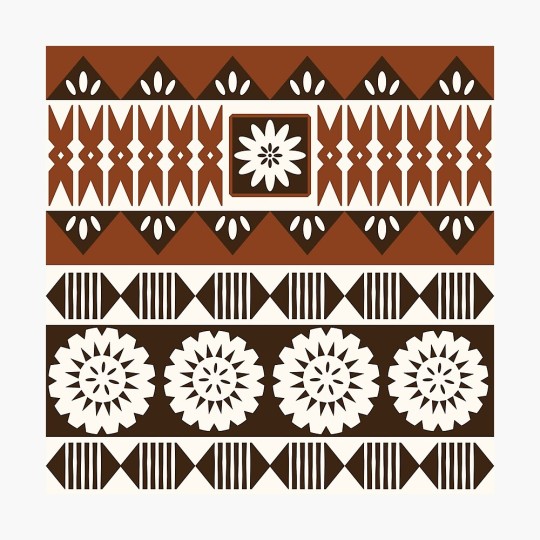
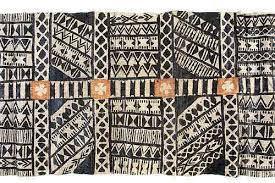
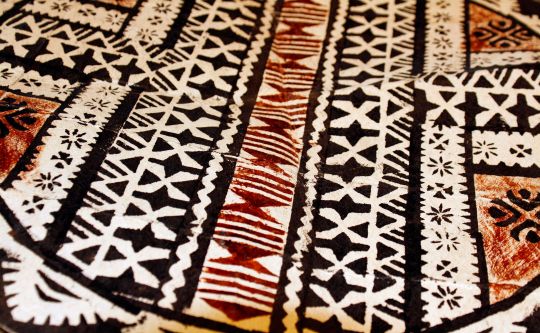

I have looked at traditional Fijian Masi and used the different shapes to create my own, for example arrows pointing towards each other, circular patterns are created by smaller shapes. The way that patterns divide other patterns is something that I wanted to incorporate into my own Masi. There is very little use of color as the Masi consist of black, white and brown to illustrate the patterns which is what I have incorporated into my designs and animations.
0 notes
Video
tumblr
Week 6
I have created the original idea based behind the original shape with which my family sits around a table creating a shape which exists between us.
The first animation shows the coming together of our family around the table I am able to illustrate this using movement of shapes towards the table.
The second animation shows the first thought process behind the shape by eliminating factors such as the table and the people leaving the bare bones of what is needed.
The third animation shows the creating of the shape from the core variables left from the second animation creating lines between each dot this leaves part of the first shape which will be duplicated to create one of the core shapes I will use in future patterns.
Using these techniques can show what is necessary to my story for example slower fades indicate the importance of the factor disappearing. It allows me to show the thought process behind creating the shape in an understandable matter to the viewer.
0 notes
Video
tumblr
Week 6
Bouncing ball and blinking animations exercise.
0 notes
Text
Week 6
Ta tatau synopsis
The process of making Ta tatau is long and painful for the person receiving it. However, getting a Ta tatau is a sign of service and bravery. The process must be completed otherwise the recipient's whole family including future generations will be humiliated being related to someone who had an incomplete Ta tatau. Beginning with the access for permission to get a Ta tatau from their elders. The process of getting Ta tatau begins with a prayer at the beginning of the day as thanksgiving, for the process can continue for hours each day. The Su’a then must sleep in traditional mats each night of the process. They can not drink any alcohol or be with their partners during the process to prevent health risks as well as massage and shower every 2 hours to help with the healing process. At the end of the Ta tatau making process the tattoo master lifts any burdens or taboos that may have been created during the process by cracking an egg on the Su’a’s head. Gifts then go towards the tattoo artist and his workers to give thanks for their work. Then there is a celebration and dance for the completion of a Ta tatau as it is of great significance to complete such a journey to becoming a full man or woman.
Getting a Tatau shows great responsibility towards the family as a Ta tatau represents the entire ancestral bloodline in the form of the current body that recipient is currently in. Ta tatau is what the user wears to represent their family, community, age, religion as a form of clothing where the user's clothing is who they are represented by the Ta tatau.
0 notes
Photo








Week 5
My Digital Pattern Book consists of ideas based on the patterns used in my Tapa and my stencil patterns. I have created new patterns based on the original shapes to creating new meanings for patterns. However, I may need to add new lines or shapes into my patterns to create more in-depth situations.
0 notes
Photo


Week 4
I really enjoyed creating and using the stencils to create the patterns on my Tapa as it made it easy to repeat the shapes and I could make many on a large scale if I wanted to. I feel the choice of brown paper also reflects the earthy colors of Tapa as well as having a rough feel to it.
Development of Pattern Book
Some of the stencils patterns I have used in my pattern book as I like the look of them and what they mean.
0 notes
Text
Week 3
John Pule and Hiapo
Taking a look at the formal parallels between John Pule's work and Hiapo consist of 3 similarities, the first being the grid-like structure used to form both Pule’s work and Hiapo. The next similarity between Pule’s work and Hiapo is how they both are trying to communicate their own ideas to the viewer. The final similarity between the 2 works is how they are both created using freehand techniques.
John Pule’s career began in 1980 after reading the works of Hone Tuwhare, a Maori poet. Pule’s early career began as he wrote poetry such as “Sonnets to Van Gogh and Providence (1982), Flowers after the Sun (1984) and Bond of Time (1985)”. In 1987 he took up painting, which his dual interests began. He most likely maintained his relationship between himself and Niuean culture as many of his paintings illustrate his ideas in similar ways such as through a grid structure and freehand techniques.
I feel that John Pule’s work extends the relationships in Ngatu/Tapa making as traditional ways of making Ngatu/Tapa is difficult to sustain due to how the world is rapidly changing not only physically but culturally as much of the world is becoming connected to one another which shared cultural influence is prominent. John Pule’s work is well known in New Zealand as he uses the ideas of depicting things that makes who he is as a person, which is what a lot if not most of the current world’s society longs for a way to know who they are whether they are Niuean or not. In my opinion John Pule’s work blurs the line between traditional Hiapo and western art.
References:
https://www.read-nz.org/writer/pule-john/
https://thecentral.co.nz/artists/john-pule/overview/
https://www.youtube.com/watch?v=_3lnHo8Vx3o&t=55s
Film Analysis of Kuo Hina Hiapo E hiapo: The Mulberry is White and Ready for Harvest and Tales of Taonga - Tapa of the Pacific
Looking at the two documentaries Kuo Hina E hiapo: The Mulberry is White and Ready for Harvest by Joseph Ostraff and Melinda Ostraff and Tales of Taonga - Tapa of the Pacific by Fotuosamoa Jody Jackson-Becerra, there are many differences and similarities. First Ostraff’s film focuses in depth on the whole process of making Ngatu from the harvesting of the tree to the finished product, whilst the second film focuses on the differences of making the Tapa between Islands across the pacific.
Key cultural values consist of when Tapa is used, usually it is used during ceremonial occasions such as the birth of a child, a wedding, or funeral. The value of making Tapa is embedded in tradition which older generations wish to teach the younger generations, however the Mulberry plant is not well sustained as it has a high price forcing its early harvest, this is highlighted by the first film by Ostraff. However in the second film it highlights how some cultures are using new more widely available materials and techniques of making their own Tapa.
Personally I think the significance lies in the symbol made pattern because the more widely made it is the more intertwined it can be in many other cultures and can be something that is widely recognized which brings up the value of pacific island culture and in turn make pacific island cultures more valued on a global stage. However, the traditional roots of Tapa would have to be put forth. I feel that overall if the traditional process of making tapa continues to be unchanged it could lead to the demise of Tapa.
References:
https://aut.kanopy.com/video/kuo-hina-e-hiapo-mulberry-white-and-ready-harvest
https://www.youtube.com/watch?v=_3lnHo8Vx3o&t=55s
Development of pattern Book
After watching how Masi is made I am interested in using a stencil pattern to print the pattern onto my Tapa to create my patterns.
0 notes
Photo
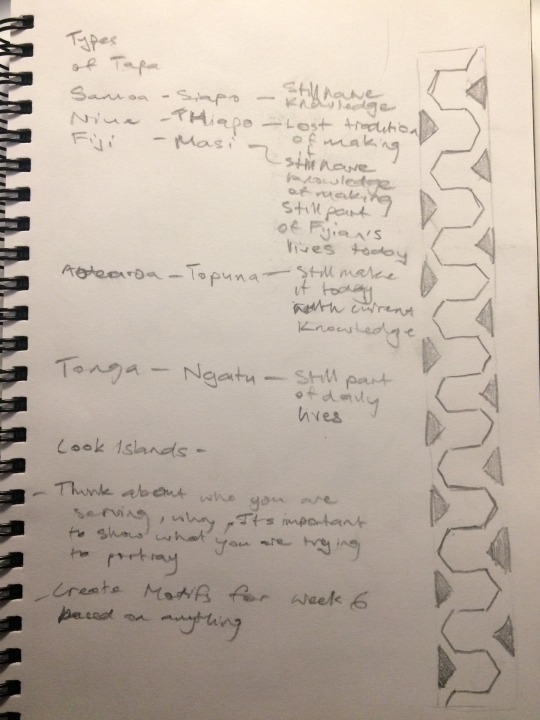
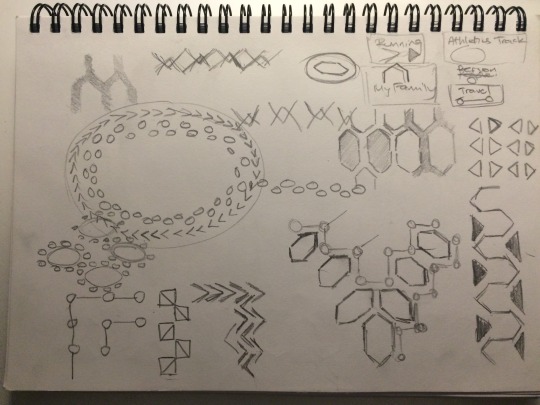
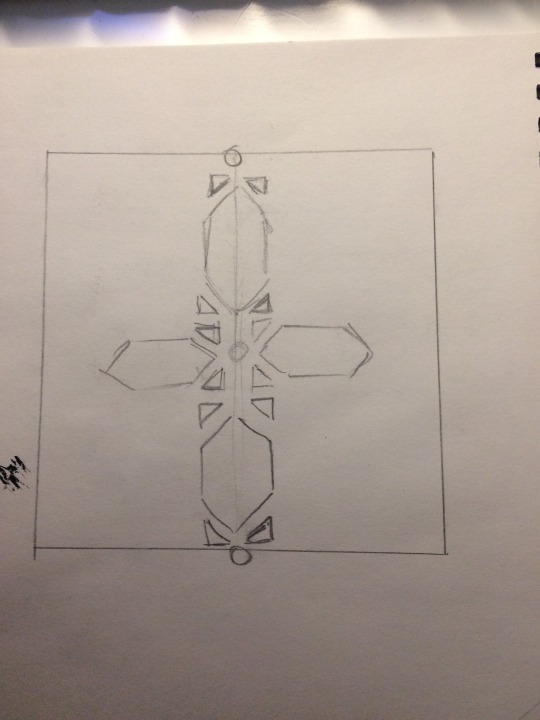
Week 2
10x10 Pattern + Meaning
Using the map design of which our family sits around the dinner table each night I doubled it up to create an diamond like shape. The diamond like shape originating from this idea of how my family sits at the table can be used easily in patterns as it is a simple shape and can represent a group of people.
Another shape used was just a small triangle from the way in which I showed the direction of travel around the track during a 400 meter race or any sort of sprint on the track. Using this triangle can indicate direction in a pattern.
The circle was taken from one of the maps where I used it as a point of interest or my destination on a map I created. This was yet another versatile shape with a solid meaning to being in any pattern.
I vaguely used lines to represent the linkage of the shapes as I used lines throughout my maps to show the same idea of the link/path I took to an through each destination. However, I find it hard to implement it into my patterns as I can not find any sort of proper aesthetically pleasing reason to implement it into my designs.
I also took notes on the documentary show the journey through the pacific and different pattern making techniques throughout the islands. I really like the Fijian way of making patterns which they using stencil type techniques to print patterns onto tapa.
0 notes
Photo
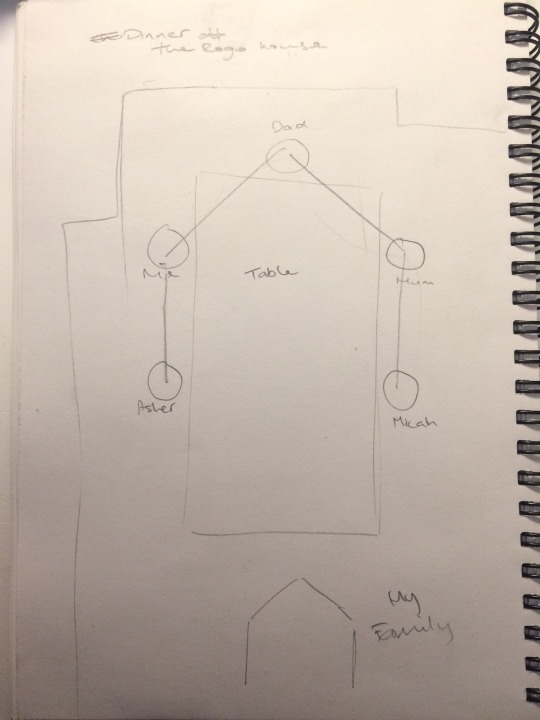
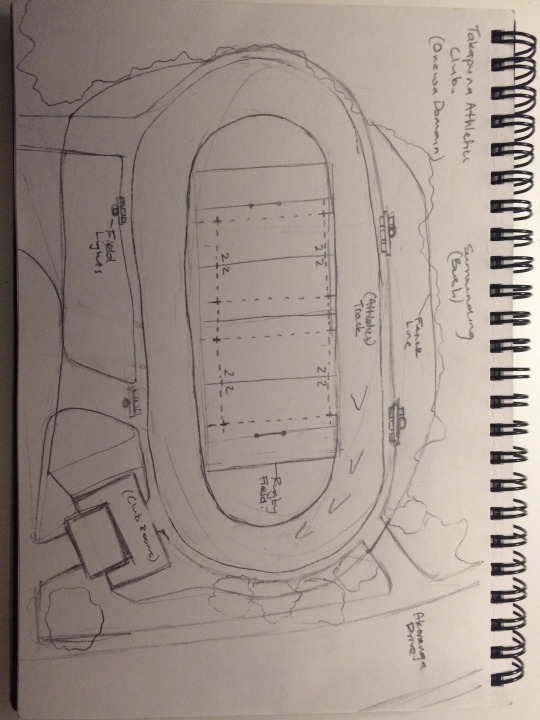
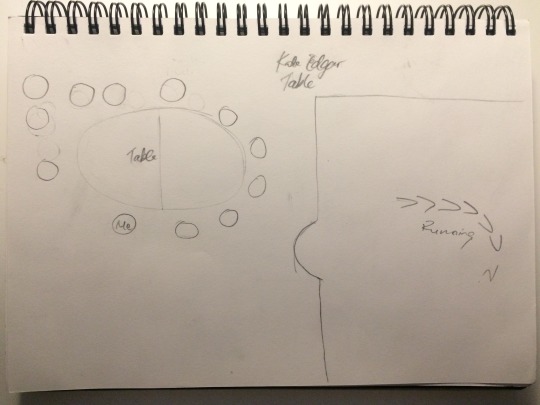

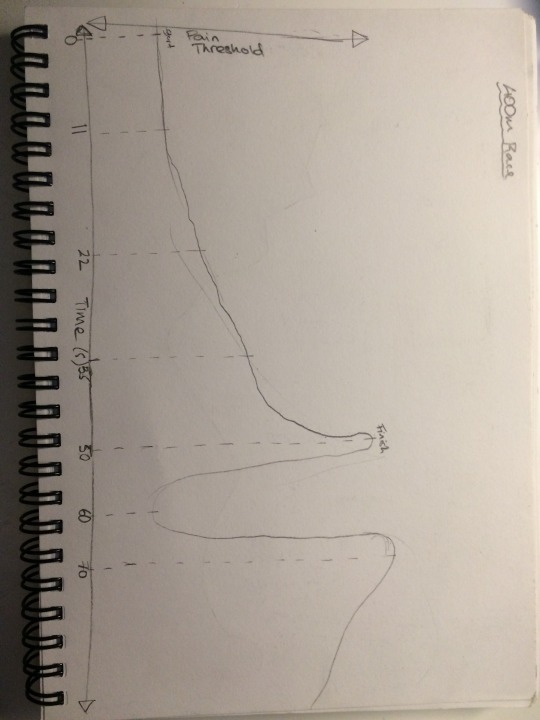




Week 1
My map drawings consist of multiple routes I take, areas that I am familiar with, even pain thresholds during a race. I will be able to create some interesting patterns with meaning. Reflecting upon these maps I feel as if many of these aren’t very useful and so many of the maps will be left out to create the patterns, for example my room does not have any route that I take it is simply where I am during study and sleep. I found the pain threshold graph quite interesting however, also not very useful for any pattern. Many of the longer routes seem to have shapes that can be used for a pattern.
The movie made in Taiwan by Nathan Rarere and Oscar Kightley, was interesting in terms of how some of the older population on the islands do not know much about where their origins actually come from. Christianity seemed to have played a roll in this as many islanders turned to Christianity after the English arrived and so their ancestors left most of their old ways behind them and over the generations many cultural customs where lost or are in danger of disappearing/forgotten.
0 notes




















